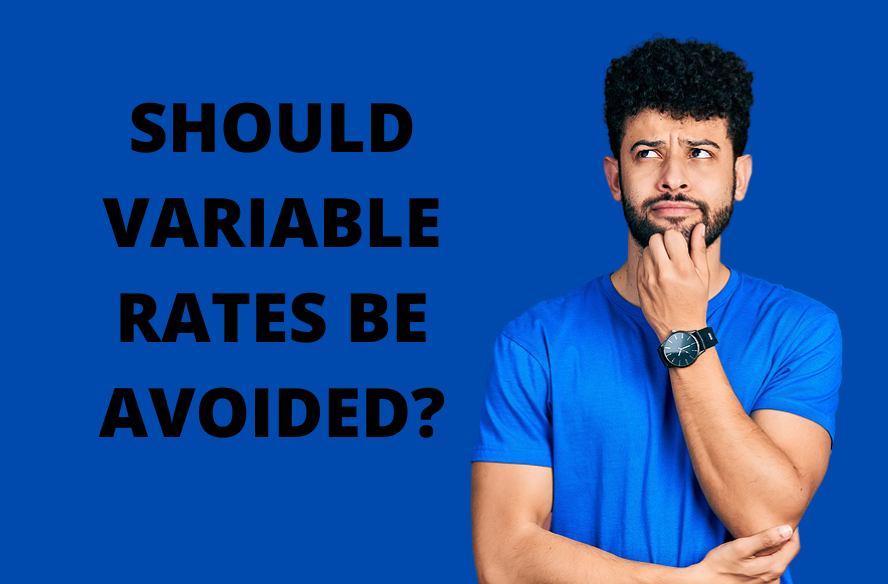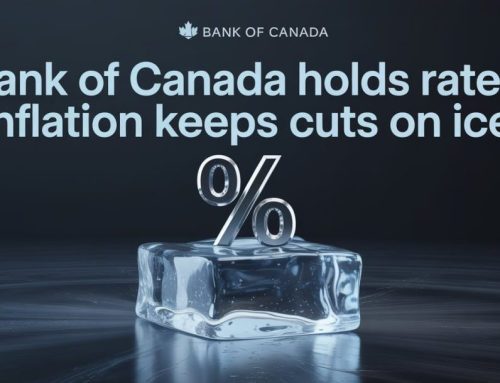One of the most common questions I get is whether it’s better to go with a fixed or a variable rate mortgage. History has shown variable to win out over fixed more than 80% of the time, but considering that prime rate has already increased by 3.00% with more increases planned, is variable rate now too risky to take the chance?
While some will always recommend going with a variable rate, there are five things to consider before making the choice. My advice will change periodically based on two:
- The spread between fixed and variable
- Market outlook.
Spread
In early 2022, the spread between fixed and variable was around 1.50% or even higher in some cases. Fast forward to today and the spread is pretty much eliminated. There are some situations where you still may see variable rates priced as much as 0.20% below fixed rates, but in many cases, variable rates are equal to or even higher than their fixed rate alternatives.
Looking at that alone, it seems that fixed rate mortgages would be the better choice… especially considering that there are more rate increases planned. But before we can come to that conclusion, we need to look at what the market is expecting moving forward.
Market Outlook
It’s expected that the Bank of Canada will increase their overnight rate by another 0.50% to 0.75% before the end of 2022. This would price today’s variable rate options well above the lowest fixed rates. This is more evidence pointing to fixed rates being a better choice. But we need to look further out before coming to that conclusion.
Not one of the big six banks are forecasting any further rate increases in 2023, and RBC and National Bank or both predicting that the Bank of Canada will start cutting their rate late next year. While it’s nice to see some economists with this forecast, the expectation is not unanimous. But at least none of them are expecting even a single increase in 2023.
Yes, it’s possible that the cuts could come late next year.
Or they could come in 2024 as many are expecting.
There is also no guarantee that they won’t be pushed out further. It all comes down to how quickly inflation can be brought under control.
Good News On Inflation
On Tuesday, September 20th, Statistics Canada reported that inflation dropped to 7.00% in August. While still uncomfortably high, it’s moving in the right direction, and better than the 7.3% that economists were expecting.
This is the second straight month that inflation has dropped, which could mean that the Bank of Canada rate increases are starting to work as intended.
Let’s hope this trend continues.
The Bank of Canada WILL Cut Their Rate
It’s just a matter of when.
But they first need to get inflation under control. Once accomplished, their focus will turn to the economy.
With the Bank of Canada’s rate increases being far more severe than what was forecasted earlier this year, a recession is imminent. They will then need to drop rates to stimulate the economy.
Will we see prime rate drop back down to the pandemic driven low of 2.45%?
Anything is possible, but it’s near impossible to predict how aggressive they will get with their rate cuts. Time will tell and anything can happen.
Fixed Mortgage Rates
When the BOC starts to cut their rate, bond yields can also be expected to drop. This will bring fixed mortgage rates down with them.
Anyone taking a 5 year fixed rate today will be locking in at the highest rates we have seen in 14 years. When rates drop below their locked rates, we’ll start receiving inquiries about converting to a lower fixed rate (or a variable). Fixed rates can be great options for some as they guarantee your rate and payment for the term. The problem is that the more rates fall below your locked rate, the higher your penalty becomes. It can easily get to the point where the penalty exceeds the savings, therefore making switching to the lower rate cost prohibitive. The result is that you’re stuck paying the higher rate for the rest of the term.
With variable rate mortgages, the penalty is guaranteed to be three months interest with few exceptions, regardless of how far rates drop. This is a big benefit with a variable rate.
Short Term Fixed Rates
There is nothing to say that you need to lock into a 5 year term. If you’re fearful of where rates could possibly head over the next few years, then locking into a 5 year fixed rate could be the right choice for you.
But for those who like the benefit of a fixed rate, but are looking for shorter commitment, then terms of 1, 2 or 3 years can be great options.
Rates may be similar, or in some cases, higher than the 5 year fixed. Even if the rate is higher, that doesn’t mean it should be avoided. You may end up coming out ahead with the shorter term by switching to a potentially lower rate at renewal. It’s not always about the lowest rate. It’s about saving you the most money over the life of your mortgage.
I’ll be talking about this strategy in more detail in an upcoming blog.
Conclusion
Given the market outlook, it’s still very possible to come out ahead with a variable rate mortgage. Even if today’s variable rate is higher than the fixed rate alternative. But there is far too much uncertainty moving forward to advise one way or another.
It all comes down to what you feel most comfortable with. As I say in my book, the right choice is not always the one that saves you the most money. It’s the one that allows you to sleep soundly at night.








Leave A Comment